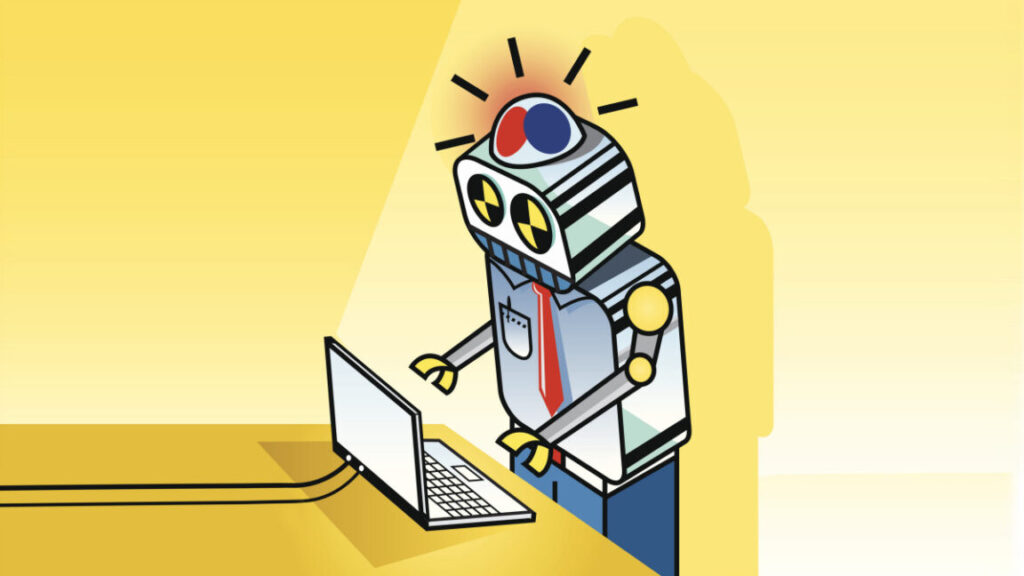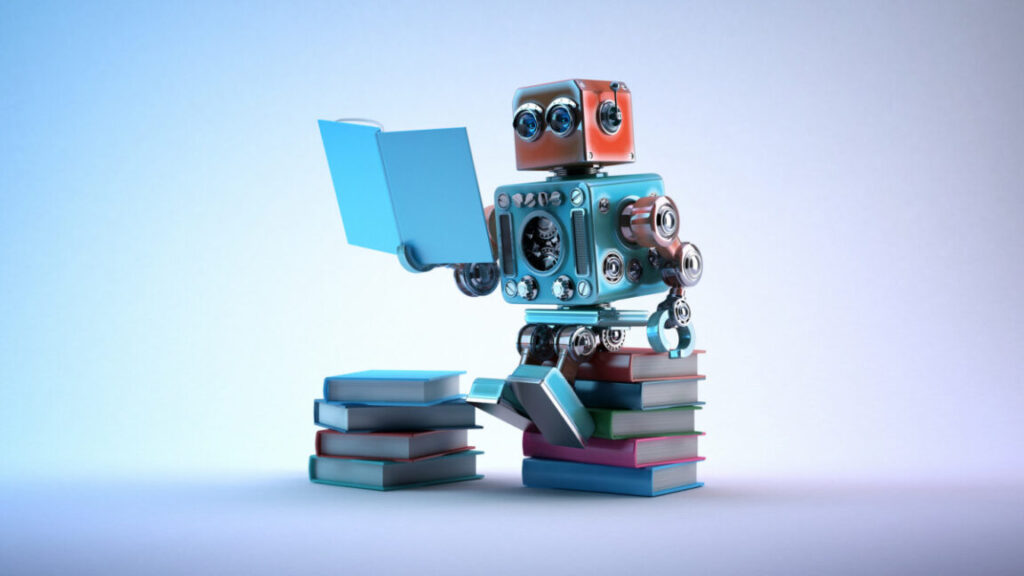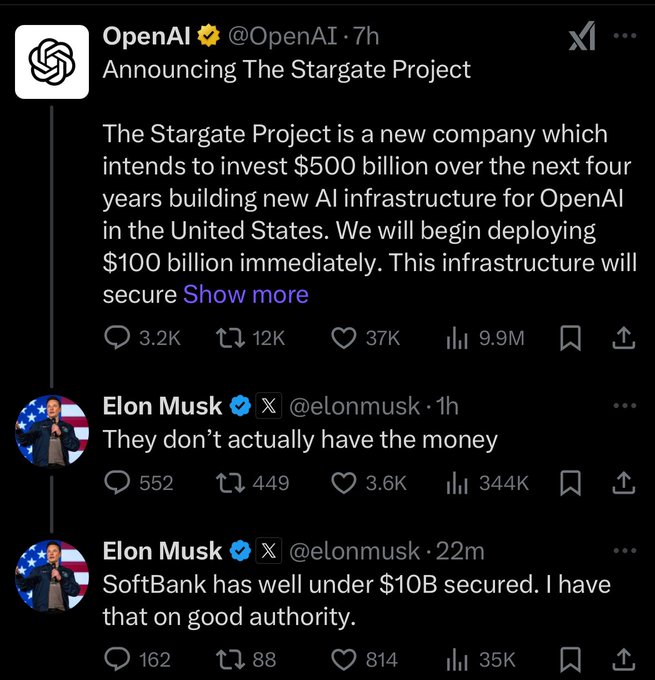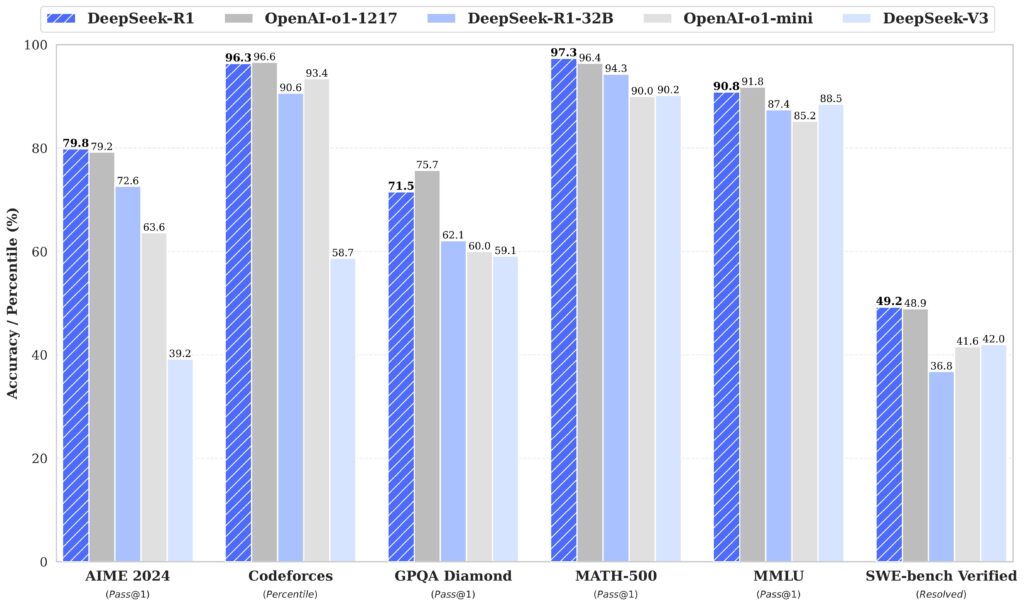ChatGPT can now write erotica as OpenAI eases up on AI paternalism
“Following the initial release of the Model Spec (May 2024), many users and developers expressed support for enabling a ‘grown-up mode.’ We’re exploring how to let developers and users generate erotica and gore in age-appropriate contexts through the API and ChatGPT so long as our usage policies are met—while drawing a hard line against potentially harmful uses like sexual deepfakes and revenge porn.”
OpenAI CEO Sam Altman has mentioned the need for a “grown-up mode” publicly in the past as well. While it seems like “grown-up mode” is finally here, it’s not technically a “mode,” but a new universal policy that potentially gives ChatGPT users more flexibility in interacting with the AI assistant.
Of course, uncensored large language models (LLMs) have been around for years at this point, with hobbyist communities online developing them for reasons that range from wanting bespoke written pornography to not wanting any kind of paternalistic censorship.
In July 2023, we reported that the ChatGPT user base started declining for the first time after OpenAI started more heavily censoring outputs due to public and lawmaker backlash. At that time, some users began to use uncensored chatbots that could run on local hardware and were often available for free as “open weights” models.
Three types of iffy content
The Model Spec outlines formalized rules for restricting or generating potentially harmful content while staying within guidelines. OpenAI has divided this kind of restricted or iffy content into three categories of declining severity: prohibited content (“only applies to sexual content involving minors”), restricted content (“includes informational hazards and sensitive personal data”), and sensitive content in appropriate contexts (“includes erotica and gore”).
Under the category of prohibited content, OpenAI says that generating sexual content involving minors is always prohibited, although the assistant may “discuss sexual content involving minors in non-graphic educational or sex-ed contexts, including non-graphic depictions within personal harm anecdotes.”
Under restricted content, OpenAI’s document outlines how ChatGPT should never generate information hazards (like how to build a bomb, make illegal drugs, or manipulate political views) or provide sensitive personal data (like searching for someone’s address).
Under sensitive content, ChatGPT’s guidelines mirror what we stated above: Erotica or gore may only be generated under specific circumstances that include educational, medical, and historical contexts or when transforming user-provided content.
ChatGPT can now write erotica as OpenAI eases up on AI paternalism Read More »













